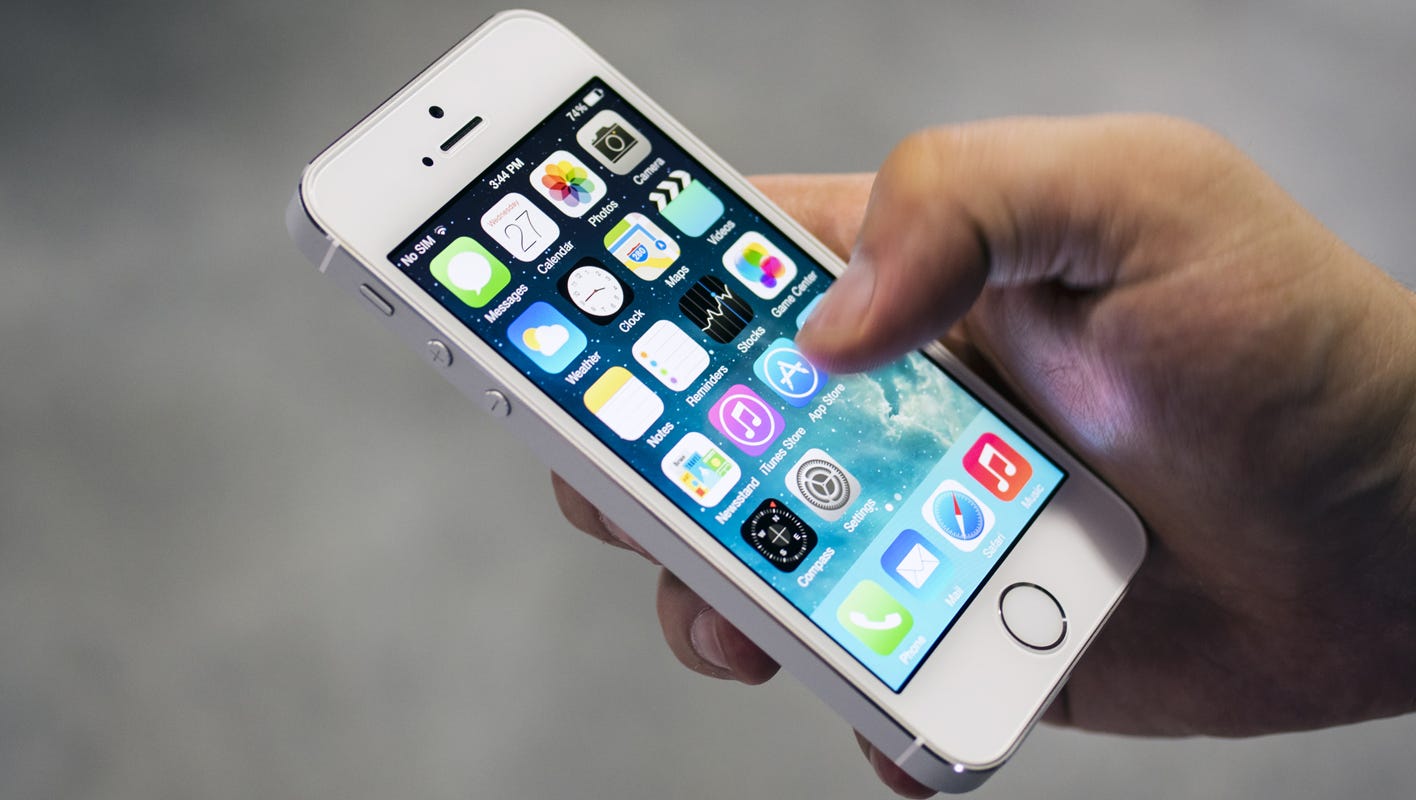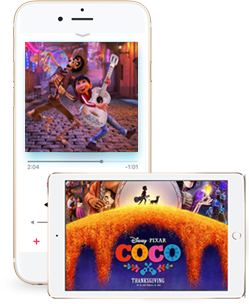

Such applications usually have a familiar look and feel, since the Cocoa programming environment provides a lot of common UI elements (such as buttons, scroll bars, etc.), and automates many aspects of an application to comply with Apple's human interface guidelines.įor iOS, iPadOS, tvOS, and watchOS, a similar API exists, named Cocoa Touch, which includes gesture recognition, animation, and a different set of graphical control elements. It is also possible to write Objective-C Cocoa programs in a simple text editor and build it manually with GNU Compiler Collection (GCC) or Clang from the command line or from a makefile.įor end users, Cocoa applications are those written using the Cocoa programming environment. However, the Cocoa programming environment can be accessed using other tools.

Ĭocoa applications are typically developed using the development tools provided by Apple, specifically Xcode (formerly Project Builder) and Interface Builder (now part of Xcode), using the programming languages Objective-C or Swift. With some open source components Ĭocoa is Apple's native object-oriented application programming interface (API) for its desktop operating system macOS.Ĭocoa consists of the Foundation Kit, Application Kit, and Core Data frameworks, as included by the Cocoa.h header file, and the libraries and frameworks included by those, such as the C standard library and the Objective-C runtime.


 0 kommentar(er)
0 kommentar(er)
